Engagement Ring - In Progress
Setting
Stone
Purchase any Engagement Ring and receive a $250 Gift Card for your Wedding Band. Ends soon.
Deepen the well of love in the world.
We guarantee that every single purchase directly impacts one person's life by giving them access to clean water.
Ruby is a beautiful, durable, and rare red stone! It is part of the gemstone family corundum, meaning sapphire is its sister! However, this crimson beauty is special. In fact, ruby is the only color of corundum with a special name. That’s right! All the other colors of corundum – and it spans the whole rainbow! – are simply called sapphire. That is because this red gem is significantly more rare than its sibling.

Cushion Halo Engagement Ring
Yes! Rubies are one of the best engagement ring center stones because it is romantic, durable, and rare. As red is the most romantic color, red rubies are a natural choice! Also, being a 9 out of 10 on the hardness scale means this stone will stand up to daily wear and tear. In fact, it is the hardest natural gem on the planet, next to diamonds. Finally, they are a great choice for an engagement ring because they are rare, just like true love.
Yes. However, it sparkles differently than diamond. Specifically, its sparkle is a subtle red and orange/pink, whereas diamond gives off an extreme rainbow and white sparkle. So, if intense sparkle is your goal, you may wish to consider red diamond (we offer natural and color enhanced red diamonds too!) That said, ruby’s sparkle is elegant and stunning! Take a look below!
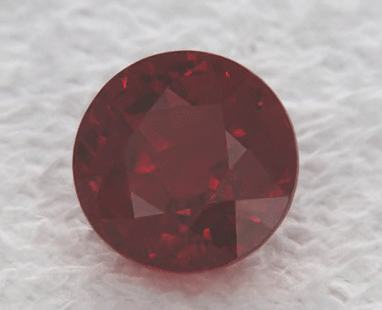
Sparkle and shimmer!
Sure! It is certainly hard enough to withstand daily wear and tear. That is because of this red stone’s 9/10 hardness on the Mohs Hardness Scale. As with any engagement ring (even diamond!), to keep it beautiful for everyday wear, we suggest keeping it clean and removing it before doing anything super physical.
They can, however, it is fairly rare. As you’ve read, they are very hard! However, a hard enough knock against something can chip even a diamond. So, always remove your rings before doing anything physical, like working out, doing dishes, or yard work.
Couples that love color, want to express their passion, or want something unique. This is a fantastic choice for those who love having color in their lives. It is bright, beautiful, and eye-catching! Also, for those who love showing their love to the world, this red stone is a great choice. Its bright red color shows that you put your love first! Finally, because ruby is so rare, those who want a unique engagement ring should definitely consider ruby. Fine gems are even rarer than diamond!
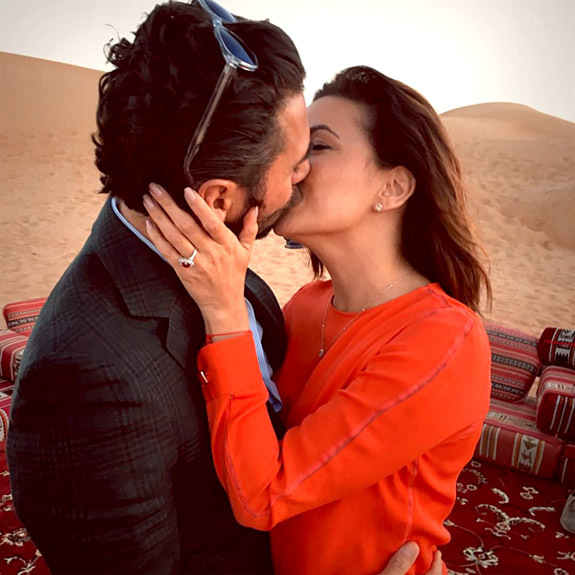
Eva Longoria’s Engagement Ring
Couples that want the traditional “white” engagement ring or those with extremely physical jobs. Obviously, this red gem is not white. So, if the look you are going for is a traditional colorless engagement ring, this isn’t the right stone for you! Also, those with intensely physical jobs (such as those which would cause the stone to scrape against other stones or metal constantly) should consider a very low-set diamond (such as a rose-cut) instead.
The most valuable stones are vivid red with no visible inclusions. However, this gem comes in all sorts of shades, and they may be orangey, pinkish, or purplish as well. In order to be called a “ruby”, corundum must be at least 51% red (decidedly NOT 51% pink, orange, or purple). The most valuable color is actually known as “pigeon blood” (I know, right).
A pigeon blood ruby is a natural ruby with a vivid slightly purplish red color. Legend has it that the nickname “pigeons blood” arose in Burma (current day Myanmar) where these gems were traditionally set in pure yellow gold. Because of the striking warmth of the yellow metal, in order for the gem to appear vivid red (and not orangey), the stone needed a blue/purple tint. So, gem traders began to use this somewhat gruesome term to describe purplish-Red gems, as blood also has this blue/purple tint.
Fun fact! Setting in white gold, rose gold, or platinum? You don’t need (or want) a purplish-red pigeon blood color. A bright red stone is your goal!
The best quality stones are vivid red, eye clean, and well-cut. Color is the most important factor, so look for a red that is not too heavily tinted pink, orange, or purple. Next, check out the stone up close. Look for any eye-visible imperfections. An eye clean stone will look flawless without magnification. Finally, a well-cut gem will have even color throughout the stone (no washed-out pool or dark area in the center), and will have fairly symmetrical faceting (facets on the left are a mirror image of those on the right).
Notably, due to this stone’s rarity, natural rubies will almost always have small cutting variances. That is because cutters use small inconsistencies to cut the largest, cleanest stones! However, the overall look of your stone should be symmetrical, and any inconsistencies should not be distracting.
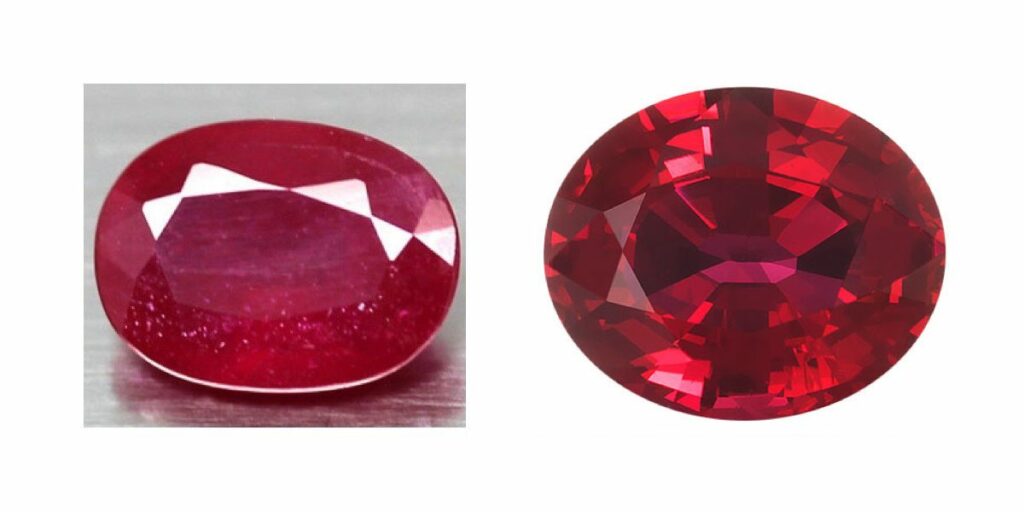
Poor Cutting & Clarity (Left) vs. Excellent Cutting & Clarity (Right)
Like diamonds, gemstones are judged by their quality and beauty. In colored gemstones, jewelers often use a B-AAA scale. “B” and “AB” quality stones are the least attractive, typically having no or low transparency and brilliance. “A” quality stones may have some visible inclusions but are more attractive. “AA” quality is a standard middle grade with good brilliance, cutting, and sparkle.
So, “AAA” is top quality in terms of color, clarity, cutting, and sparkle! To give you a visual, the poorly cut stone above would be an AB quality. On the other hand, the well-cut stone is an AAA! AAA rubies typically represent the top 10% of gems on the market. They are a more beautiful, richer red color, and their brilliance can’t be matched.
High-quality faceted ruby is completely transparent. “Transparency” refers to light’s ability to travel through a gemstone. So, if your stone is “transparent” it means that light is able to enter and bounce around your gem to make sparkle! “Translucent” refers to when a stone has inclusions which make light appear more billowy or gauzy – there are no crisp sparkles. Finally when a gem is “opaque” it means that light cannot travel through it at all.
Gemologist’s note: Star rubies are translucent or opaque – that’s ok, they’re graded differently!
Translucent Star (Left); Opaque Star (Right)
They are rubies…made in a lab! Interestingly, there is no chemical or visual difference between a natural and a lab-created gemstone (except that the lab stone will look more perfect!). So, when you choose a lab-created stone, you are getting the same beauty, hardness, and sparkle as its natural counterpart. The only difference is that it is made by man, and that it is a lot less expensive.
“Synthetic” is another name for Lab-Created. Just make sure you’re not getting a “simulant.” A simulant is a red stone that looks like a ruby, but is glass, plastic, or some other gemstone.
Yes! Lab-created stones are real! Natural and lab-created gems have the exact same chemical and optical properties – they are the same material! So, both natural and lab-created rubies are real. They just have different origins.
The only way to tell between a natural and a lab-created ruby is to have it tested. However, perfection in cutting + perfection in clarity can be a clue it is lab-created.
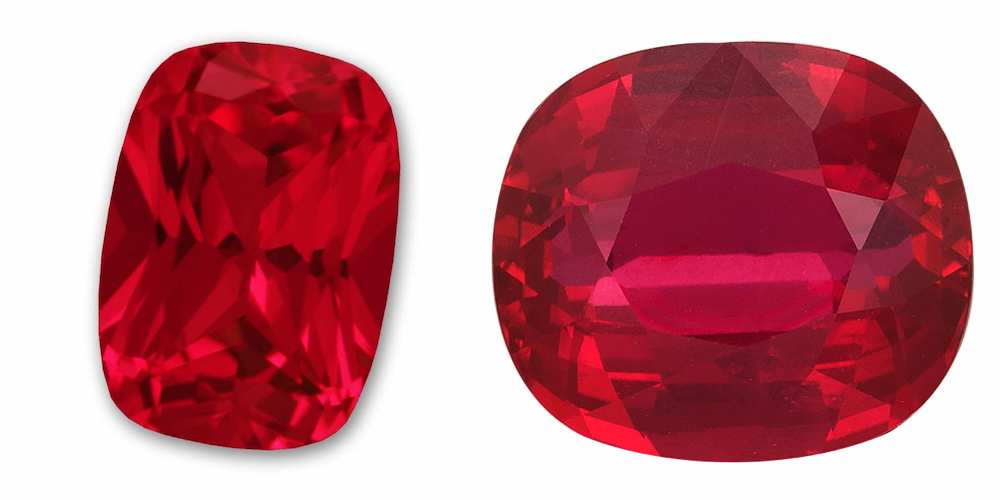
(Left) Lab Created vs Natural (Right)
While the only way to know for certain you have a ruby and not another red stone is to have it tested. Good indications of a natural ruby are inconsistencies in cutting, visible inclusions, and crisp facet edges. Even the highest quality natural stones will frequently have inconsistencies in cutting. This is because gem cutters will make an extra facet to cut off an imperfection, or leave the stone a little too long to add carat weight. So, if the red stone isn’t “perfect” looking, that’s a good clue that it may be natural.
Imperfections, or “inclusions”, are another way to tell. It is pretty rare that a synthetic stone has eye-visible inclusions. So, if your red stone has cracks or black spots, it is more likely to be natural. Finally, one way to tell ruby from other red stones is crisp facet edges. As it is a 9/10 on the hardness scale, it is less likely to chip.
Glass filling is an ill-advised treatment performed upon low quality “B” natural stones to make their inclusions less visible. It is not a permanent treatment, it will come out during normal ring cleaning. And, it makes a gem much less valuable. Unfortunately, these glass-filled stones are sometimes sold by unscrupulous dealers without a customer being aware. So, it is important to always purchase your gemstones from a jeweler with a sterling reputation. Always make sure to ask about your ruby’s treatment! The only acceptable treatment for a ruby is heat.
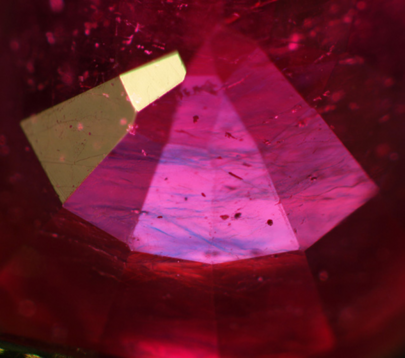
Glass filling under magnification
For an engagement ring, ruby is better than garnet due to is far greater durability. This is because garnet is only a 7-7.5 on the Mohs Hardness Scale. And, dust is a 7/10. So, that means that every time a garnet ring is cleaned with a cloth, it gets micro scratches. This will dull the stone over time. As a result, when considering rubies vs garnet, garnet is typically better for an occasional-wear ring, not an engagement.
While you cannot be certain without testing it, good clues to tell garnet vs ruby apart include color, clarity, facet edges, and cost. In other words, while there are certain garnets that can rival the color of a ruby, most garnets are a transparent dark brownish-red. Most rubies of this color will be more included (less transparent). Also, due to its lower hardness, garnet will show scratches and chips. Finally, when comparing rubies vs garnet, a pretty garnet will only be a fraction of the cost.
Antique ruby vs Antique garnet (with micro chips)
An AAA ruby is more unique, more colorful, and more rare than a diamond. A diamond, on the other hand, is harder, more brilliant, and more firey (remember those rainbow sparkles I was talking about?). So, it depends! Which do you like better when you compare rubies vs diamond?
Yes, high-end AAA natural stones are rarer than diamonds!
Round Ruby Engagement Ring vs. Diamond Engagement Ring
Rubies are measured in carats, however, they are heavier than diamonds. So, a one-carat ruby will measure smaller than a one-carat diamond. For example, one carat round rubies measure around 5.7mm, whereas one carat round diamonds measure around 6.5mm. To work with this, it is best to figure out what millimeter size you want instead of carat weight.
A 6.5mm (the size of a 1 carat diamond) round AAA quality natural ruby is $4,500+, whereas a lab created 6.5mm is $880. Check out the table below to see how this compares against their sister sapphire, and lab-created stones, too!
| 6.5mm Round AAA Natural | 6.5mm Round Lab Created | 6.5mm Round AAA Blue Sapphire | 1ct (6.5mm) Round I/VS2 Diamond | |
| Cost | $4,500+ | $880 | $2,760 | $4,000+ |
I sure can! Feel free to ask for me, Corinne, the gemologist. I’ll help you pick out a gorgeous stone and pair it with a ring that will bring out the love. Send me a note here, or email me at care@doamore.com!
Verifiably Ethical & Sustainable
Guaranteed 1:1 Impact
Personalized 1:1 Customer Service
handcrafted & american-made
you before us, always
Diamonds, Gemstones, & Metals
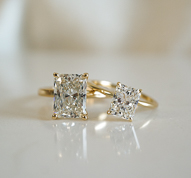
Every piece of Do Amore jewelry begins by not hurting the world. All our natural diamonds are either ethically sourced in Canada, recycled to eliminate additional demand, or accompanied by a blockchain ledger showing every hand your diamond passed through, proving your stone is truly conflict-free.
We also offer sustainable lab-created stones and guarantee all precious metals are recycled to eliminate the environmental impact of mining. Since March 2022, we carry absolutely no Russian diamonds and continue to urge the industry to follow suit.
Clean Water
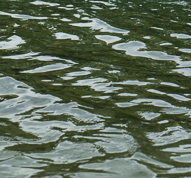
We desire to deepen the well of love in the world. We guarantee that every single purchase—whether engagement ring, wedding band, or piece of jewelry—directly impacts one person’s life by giving them access to clean water.
We do this by directly matching jewelry purchases to people in communities to ensure our funding has a one-to-one impact. We also show you the exact GPS coordinates and a photo of the water well your ring or piece of jewelry helped fund.
Customer Service
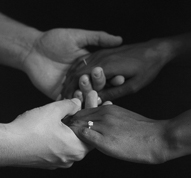
As a small, 100% founder- and employee-owned team, one-to-one encounters are at the heart of our values. Whichever way you want support throughout your engagement ring or jewelry purchase process, our team is here to accommodate you.
From high-touch to hands-off, video calls to text messages, you have our dedicated, responsive team on your side from the moment you start your search, to the day your well is built, to the time we meet again.
Engagement Rings, Bands, & Jewelry
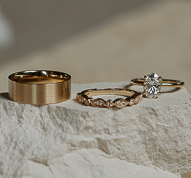
Every Do Amore design, whether one of our own or unique to you, is beautifully handcrafted in America and made specifically for you. Each ring is made to order, every time.
From classic to custom, you have the option to select from dozens of gorgeous settings or work with our design team to create something entirely bespoke. Plus, you are always covered for free inspections, polishing, cleaning, stone tightening, rhodium-plating, and resizing for life.
Our Promise
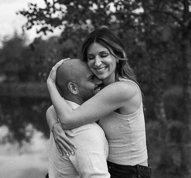
We care about what matters most to you, not what’s easiest for us. If it’s a minor change to a setting or arriving at a completely custom design, we work to ensure you get precisely what you love.
From statement-making to understated, we have options at any price point. Plus, you always have our team on your side searching to bring you every stone within your specifications. We also offer 30-day returns and a limited lifetime warranty to cover you in the rare event of a manufacturing defect.